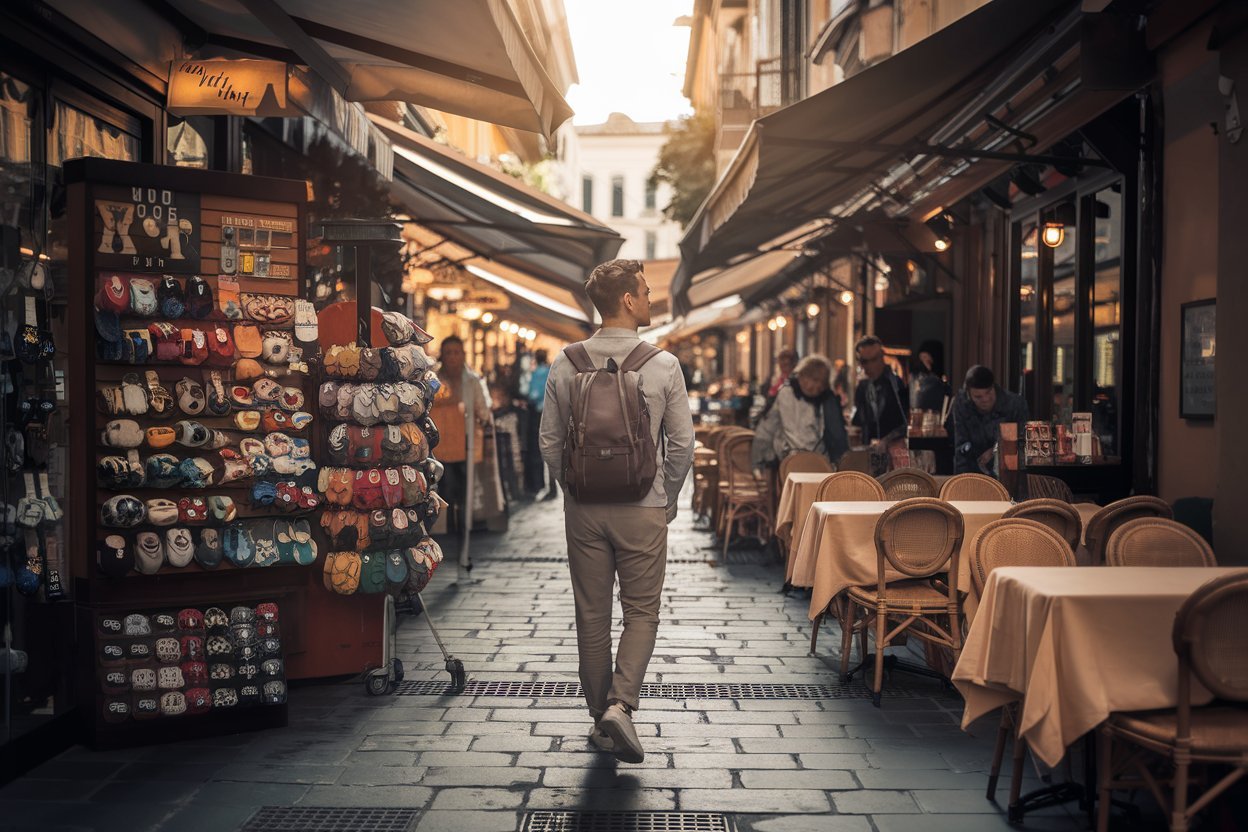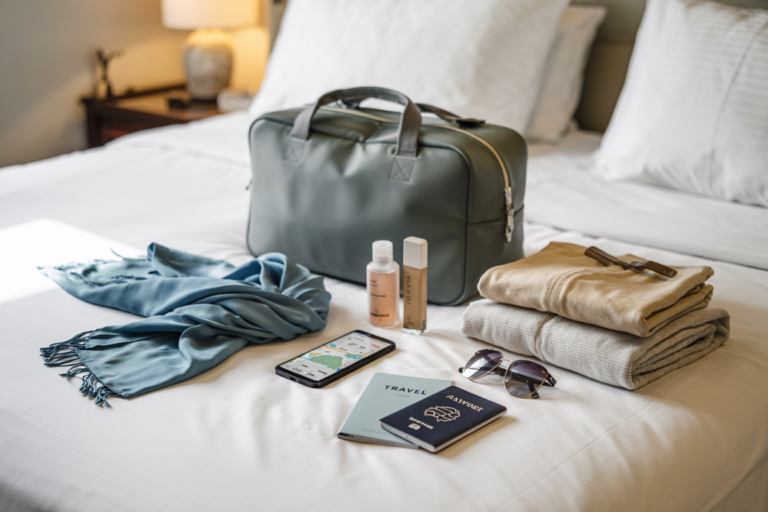Tourist traps are the bane of meaningful travel.
They’re flashy, overpriced, and often leave you wondering, “Did I just waste time and money?” Whether it’s an underwhelming landmark, a staged cultural performance, or a $25 cocktail with a mediocre view, falling into tourist traps can dilute your travel experience.
But here’s the good news: avoiding them is easier than you think.
In this detailed guide, we’ll show you how to sidestep common pitfalls, recognize red flags, and unlock deeper, more authentic experiences—no matter where you travel.
1. Understand What a Tourist Trap Is
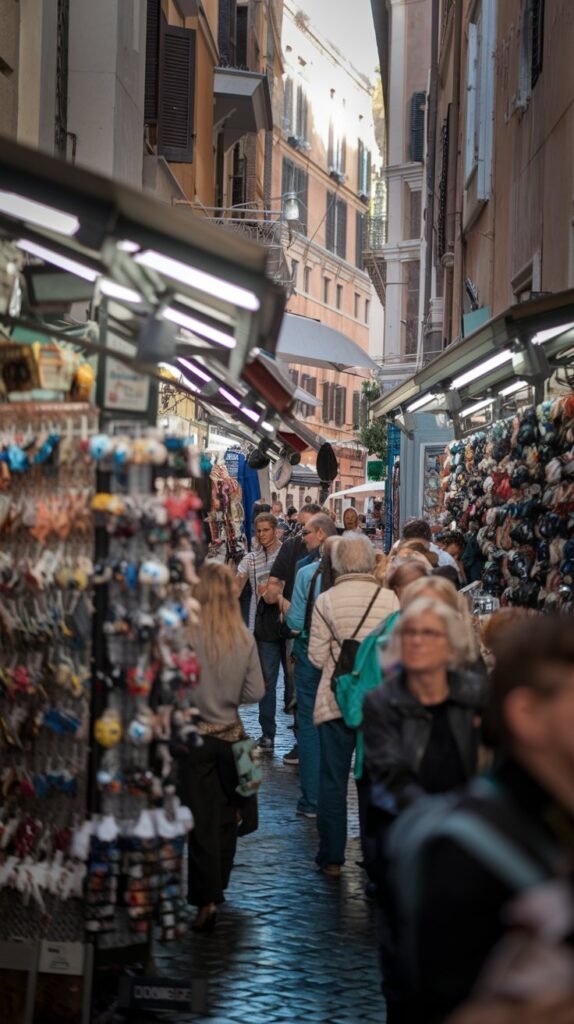
Before you can avoid them, you need to recognize them.
A tourist trap isn’t just a place that’s popular—it’s a spot designed primarily to extract money from visitors while offering little genuine value or authenticity in return.
These places often:
- Have inflated prices not justified by quality
- Serve watered-down cultural experiences
- Cater exclusively to tourists while locals avoid them entirely
Not every popular attraction is a trap—but not every trap is obvious, either.
2. Know Why Tourist Traps Are a Real Problem
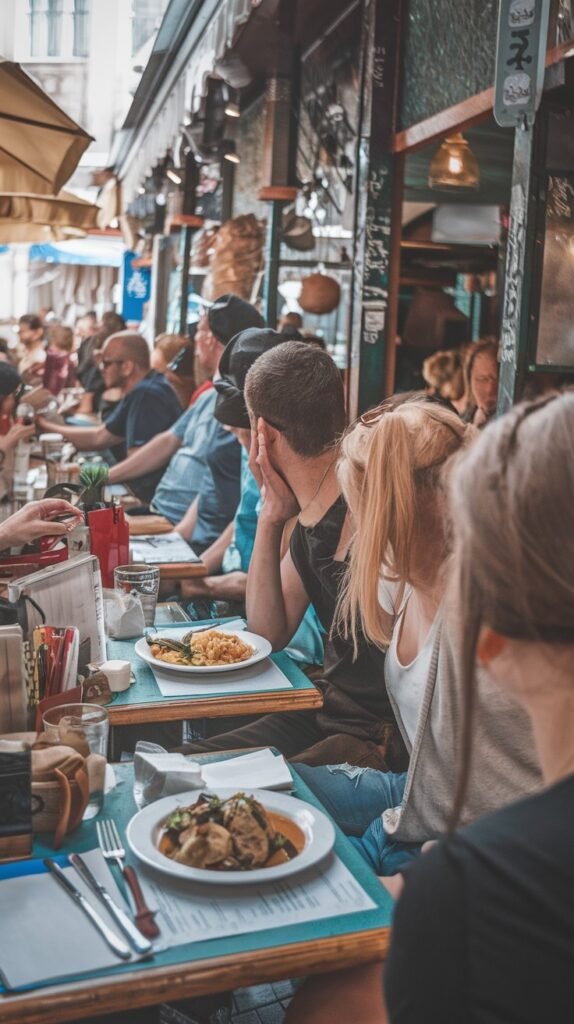
It’s easy to brush them off as a few dollars lost or a bad meal—but the damage goes deeper:
- You overpay for basic or low-quality experiences
- You miss out on more meaningful cultural moments
- You support exploitative businesses that harm local communities
- You leave disappointed, feeling like your time and money were wasted
Avoiding traps means maximizing both the quality and authenticity of your journey.
3. Watch for Common Red Flags

Certain signs can help you identify a tourist trap instantly.
Be cautious if you see:
- Restaurants with plastic food displays or menus in multiple languages
- Shops near monuments selling identical souvenirs
- Tours that stop at “bonus” gift shops you didn’t sign up for
- Street vendors aggressively pushing trinkets or “free” samples
- Attractions marketed as “secret” but full of tour buses
When in doubt, observe who’s there.
If it’s all tourists and no locals, proceed with caution.
4. Be Selective About Where You Eat
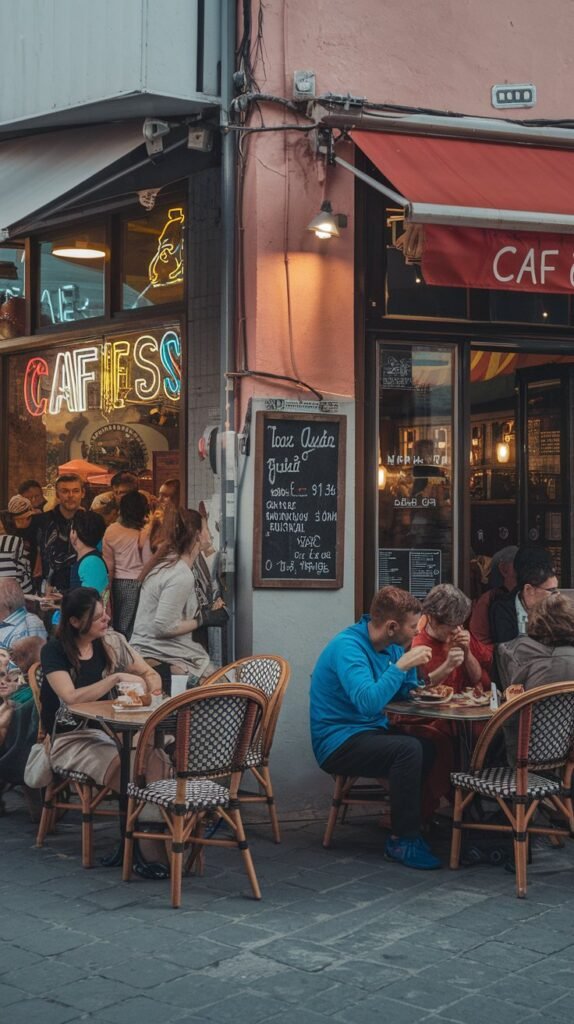
Food is often a travel highlight—but also a common trap.
To eat well without overpaying:
- Walk a few blocks away from popular landmarks
- Observe where locals eat during lunch breaks
- Read Google reviews in local languages
- Avoid “tourist menus” and staff standing outside to pull you in
- Use local apps like TheFork, Zomato, or OpenRice
A good rule of thumb: if the menu features pizza, burgers, and sushi in the middle of a historic district in Morocco—it’s probably not the best spot.
5. Choose Attractions Wisely

Some top-rated landmarks are worth the hype; others aren’t.
Before visiting:
- Check multiple sources for reviews—not just TripAdvisor
- Compare similar alternatives (e.g., lesser-known viewpoints or towns)
- Ask other travelers or locals what’s actually worth it
- Visit famous places at off-peak times like early mornings or weekdays
Don’t skip iconic sites entirely—but approach them strategically.
6. Avoid Overhyped “Cultural Experiences”
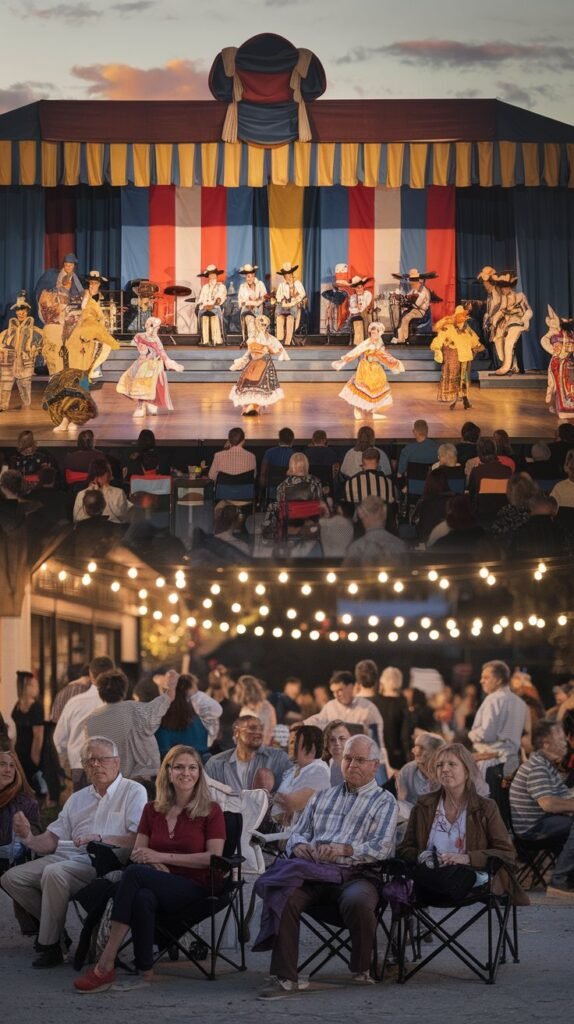
Not every show, dance, or dinner labeled “traditional” is actually authentic. Instead:
- Seek out experiences hosted by locals through platforms like WithLocals, Airbnb Experiences, or EatWith
- Attend community-run events or festivals
- Take small workshops (cooking, crafting, painting) instead of mass tours
- Ask if locals attend the experience too
If something feels staged or sterile, it probably is.
7. Shop Smarter for Souvenirs
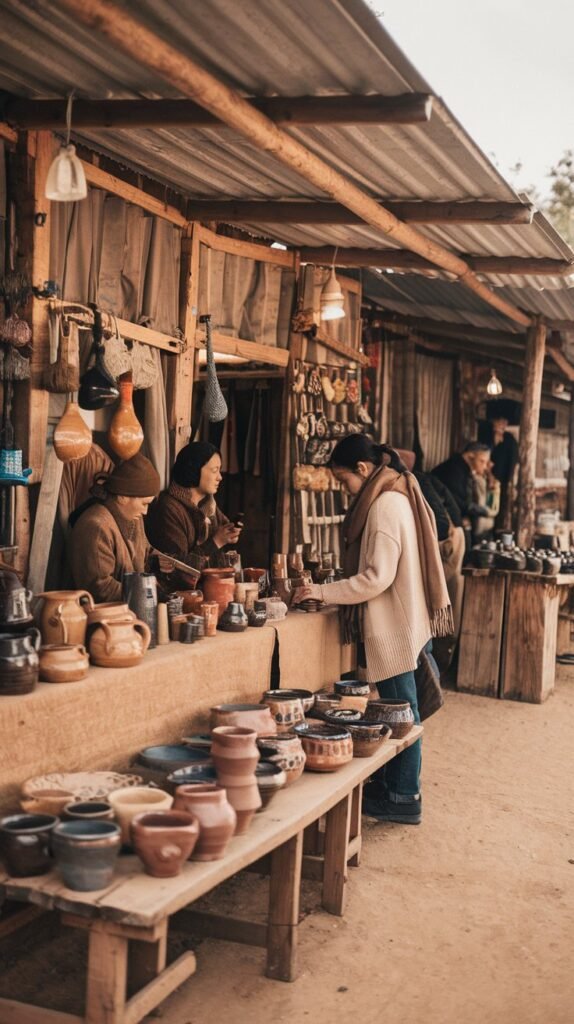
Avoid buying overpriced, generic souvenirs that were likely made thousands of miles away.
Here’s how to find meaningful keepsakes:
- Buy from local artisans at markets or co-ops
- Ask vendors how and where the item was made
- Skip shops right next to tourist attractions or cruise ports
- Look for handmade, regional products instead of mass-produced magnets
Souvenirs should tell a story—not collect dust.
8. Choose Better Tours (Or Go Without One)
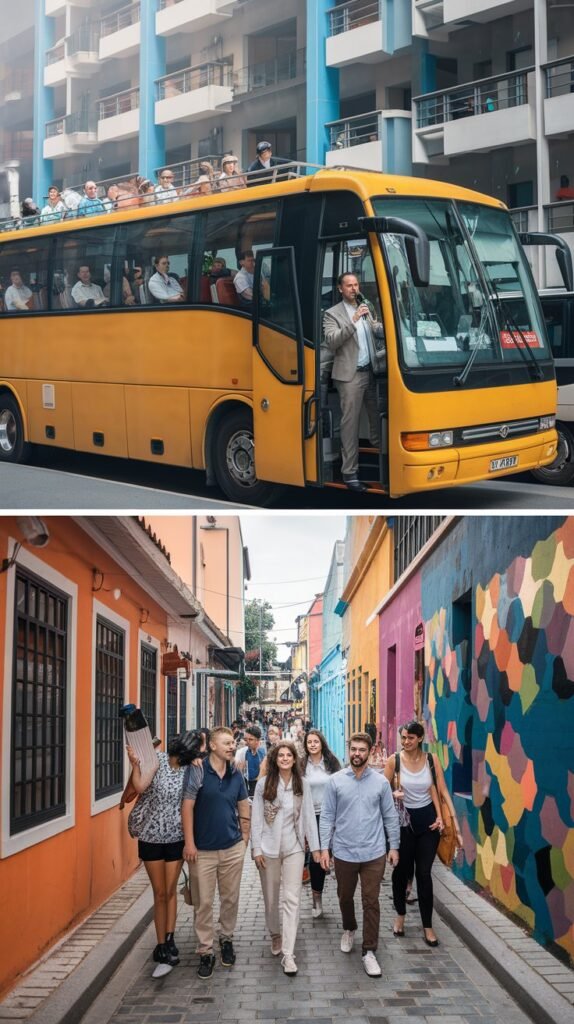
Mass group tours often come with rigid schedules, unnecessary shopping stops, and bland commentary.
For a better experience:
- Opt for small-group or private tours
- Read reviews that mention guides by name and trip details
- Use sites like GetYourGuide or TakeWalks for high-quality options
- Try free walking tours (tip-based) with local experts
- DIY with maps, audio guides, or GPS-based apps
Sometimes, exploring independently offers the richest stories.
9. Ask the Right People the Right Questions

Local knowledge is priceless—but who you ask matters.
- Skip the hotel concierge (they’re often paid to recommend partners)
- Ask younger locals, bartenders, students, or rideshare drivers
- Join city-specific Facebook groups or subreddits before arriving
- Ask specific questions like, “Where do you go for a coffee?”
It’s not just about finding the right spot it’s about understanding why it matters.
10. Time Your Visits Strategically

Tourist traps are often a matter of when, not what.
To dodge crowds and chaos:
- Visit attractions early in the morning or late in the evening
- Travel during shoulder seasons (spring/fall)
- Check Google Maps’ “popular times” graph before visiting a place
- Avoid weekends for popular sites and markets
You’ll find better deals, better photos, and more personal experiences.
11. Embrace Getting Lost (Safely)

Some of the best moments happen when you go off-script.
- Download offline maps like Maps.me or Google Offline
- Save your accommodation on your phone to navigate back
- Wander local neighborhoods on foot, away from the main sights
- Follow sounds, smells, or crowds to see where locals hang out
Allow for spontaneity it’s the cure for over-planned travel.
12. Use Technology to Your Advantage
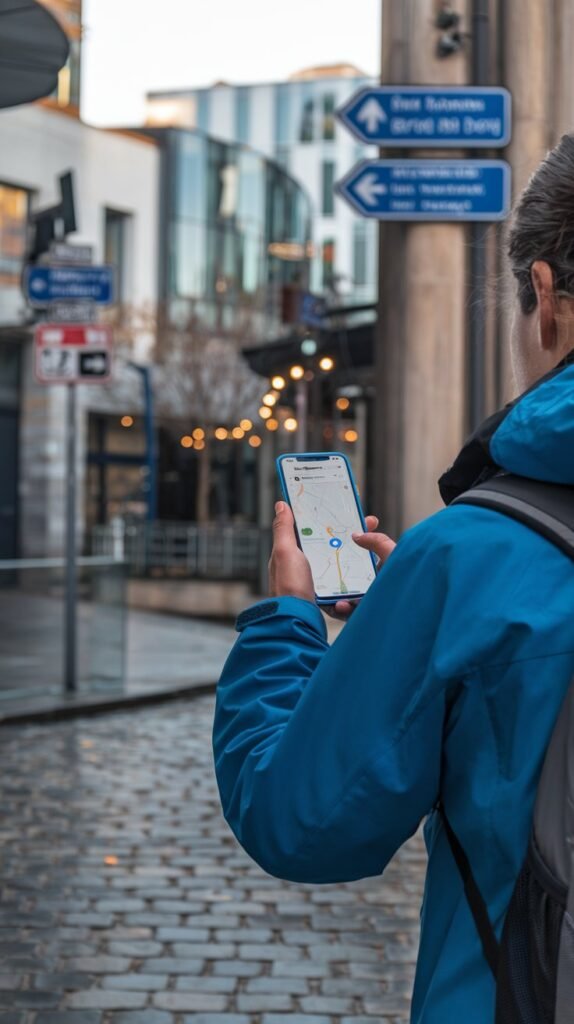
There are plenty of tools to help you avoid tourist traps and uncover gems:
- Google Maps – check reviews, save places, and track crowds
- Rome2Rio – find cheaper transport alternatives to overpriced taxis
- Spotted by Locals – curated local travel tips
- TheFork or Zomato – reserve restaurants with local ratings and discounts
- XE Currency – avoid scams with real-time exchange rates
- Detour (if available) – immersive audio guides from locals
Tech + instinct = smarter travel.
13. Avoid “Deals” That Seem Too Good to Be True

Many traps start with the illusion of a bargain.
Be wary of:
- Heavily discounted excursions with vague itineraries
- “Free” taxi rides or unsolicited local guides
- Multi-stop day tours promising 7 destinations in 5 hours
- Nightlife promoters offering “exclusive access”
When it sounds too good to be true, it usually is.
14. Don’t Be Afraid to Skip the “Must-Sees”

You don’t have to visit everything on the list. Some “must-sees” are crowded, expensive, and overhyped.
- Prioritize what actually excites you—not what Instagram says is essential
- Swap one overrun site for a peaceful alternative
- Give yourself permission to slow down
You’ll experience a place more deeply when you’re not rushing through a checklist.
15. Final Thoughts: Travel Smarter, Not Just Farther
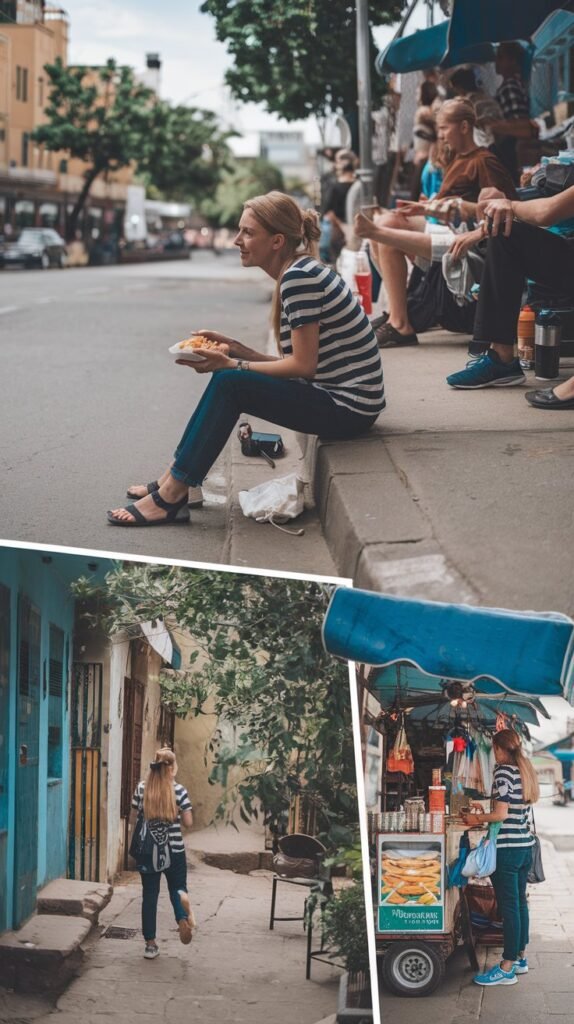
Avoiding tourist traps doesn’t mean avoiding iconic sites or classic experiences.
It means approaching every destination with awareness, curiosity, and a desire to go deeper.
By choosing authenticity over convenience, engaging with locals, asking the right questions, and traveling mindfully—you’ll not only avoid disappointment, you’ll come home with stories that matter.
Final Thoughts: Travel Like a Local, Not a Tourist
Avoiding tourist traps isn’t about being cynical or avoiding popular places entirely.
It’s about traveling with awareness, curiosity, and respect for the culture you’re stepping into.
When you choose authentic over convenient, local over packaged, and curious over complacent—you don’t just avoid the tourist traps.
You experience travel the way it’s meant to be: meaningful, memorable, and real.

